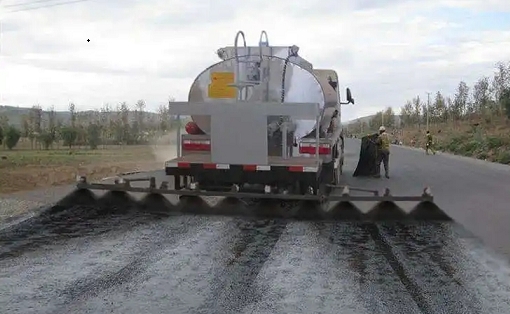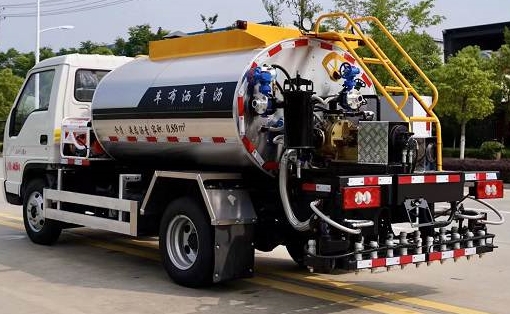About the 8 applicable types of simultaneous gravel sealing you want to know
I believe that many people already know about synchronous gravel sealing. But when asked under what circumstances synchronous gravel sealing is suitable, many people cannot tell.
Under what circumstances is synchronous gravel sealing more suitable? According to the technical specifications for the construction of simultaneous gravel sealing, simultaneous gravel sealing can be used for the following disease types:
I believe that many people already know about synchronous gravel sealing. But when asked under what circumstances synchronous gravel sealing is suitable, many people cannot tell.
Under what circumstances is synchronous gravel sealing more suitable? According to the technical specifications for the construction of simultaneous gravel sealing, simultaneous gravel sealing can be used for the following disease types:
1. Slight to moderate block cracks;
2. Slight to moderate pockmarks;
3. Slight rutting;
4. Slight to moderate transverse and longitudinal cracking;
5. Pavement with insufficient skid resistance.
Since the synchronous gravel seal layer can be used for the upper seal layer and the lower seal layer, we have divided the applicable types into upper and lower seal layers to explain. The above are the applicable types of the upper seal layer. The lower sealing layer is:
6. Prevent moisture from the surface layer from seeping down to the base;
7. Improve the connection between the base layer and the asphalt surface layer;
8. Before asphalt pavement paving. When opening to traffic, prevent driving from damaging the surface of the base.
The 8 major applicable types of simultaneous gravel (upper and lower) seals are all here. Hope these are useful to you!



































